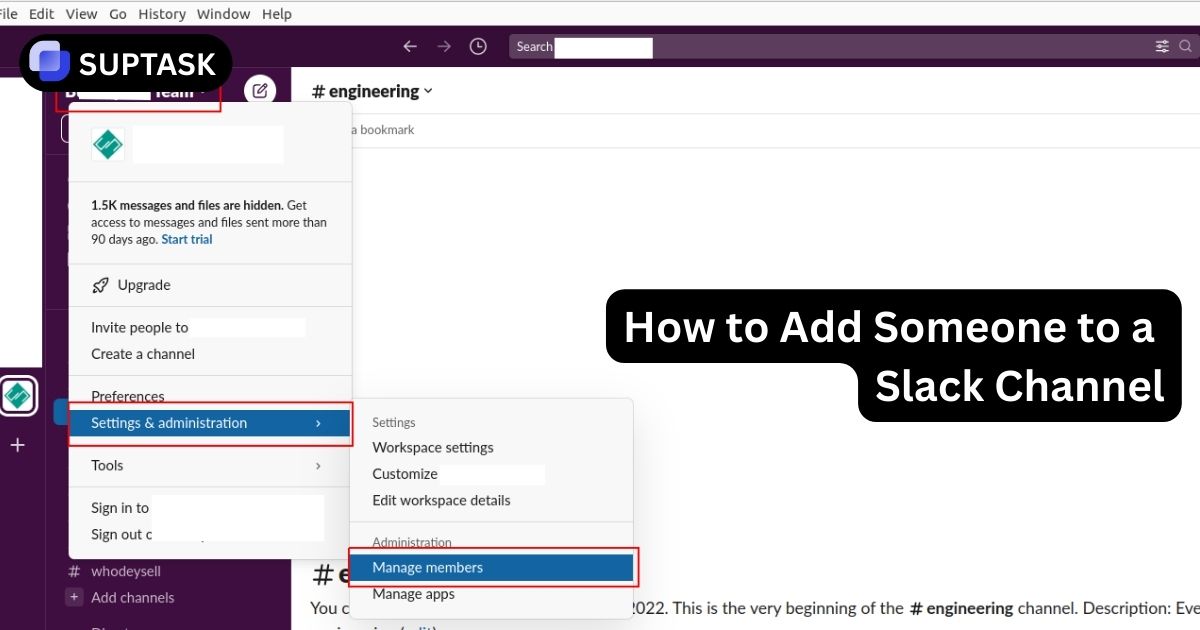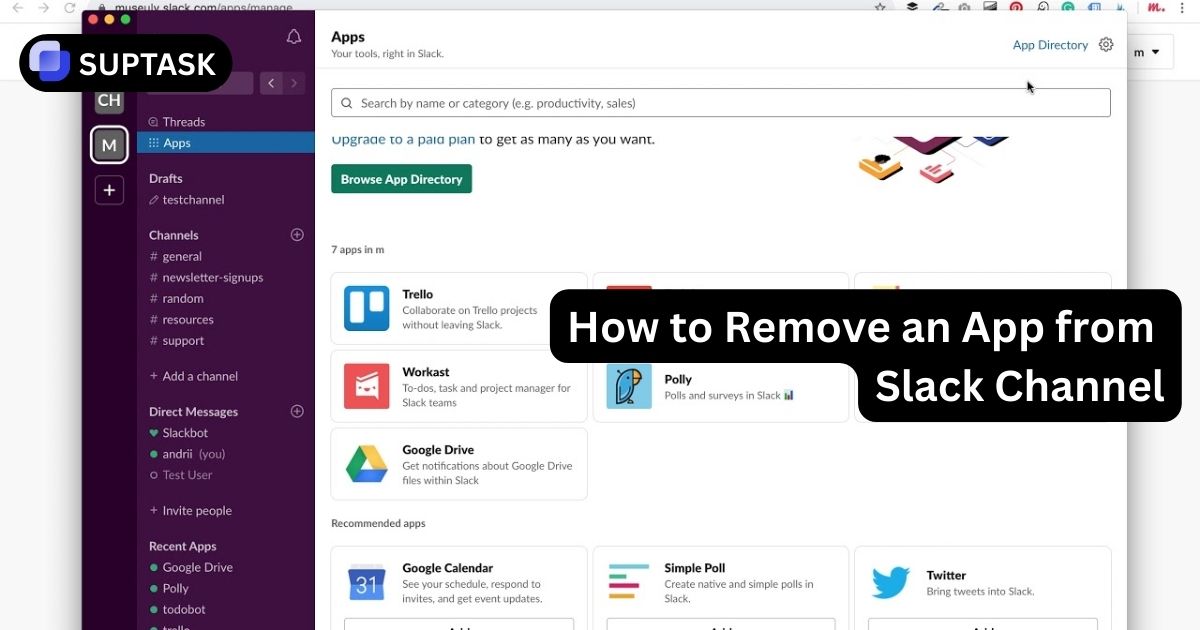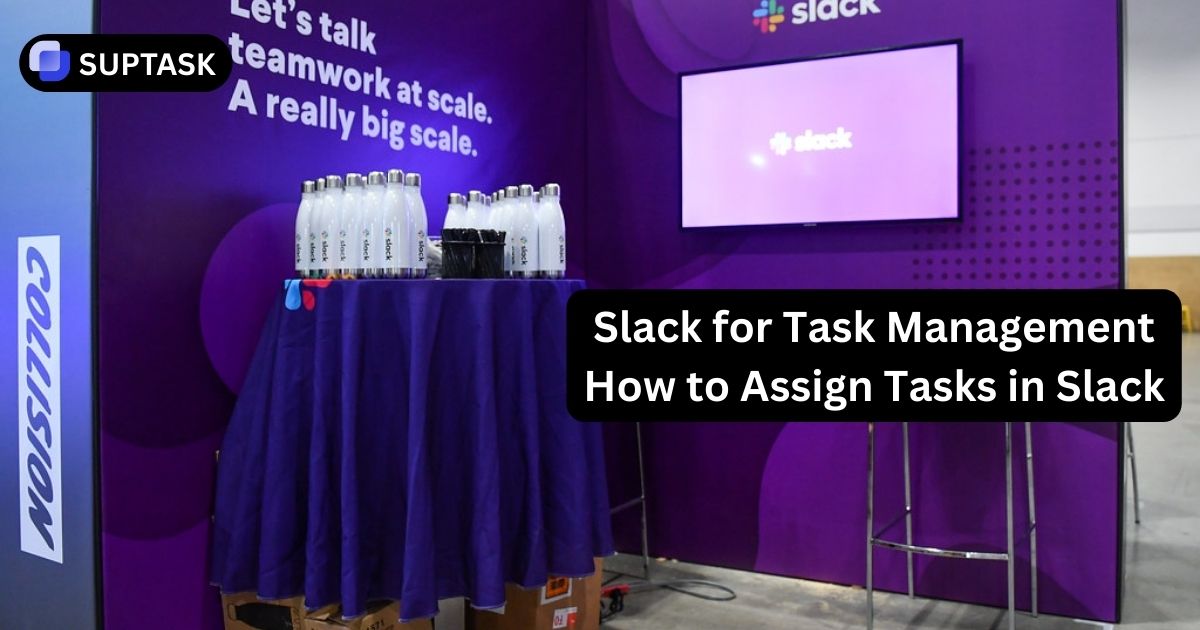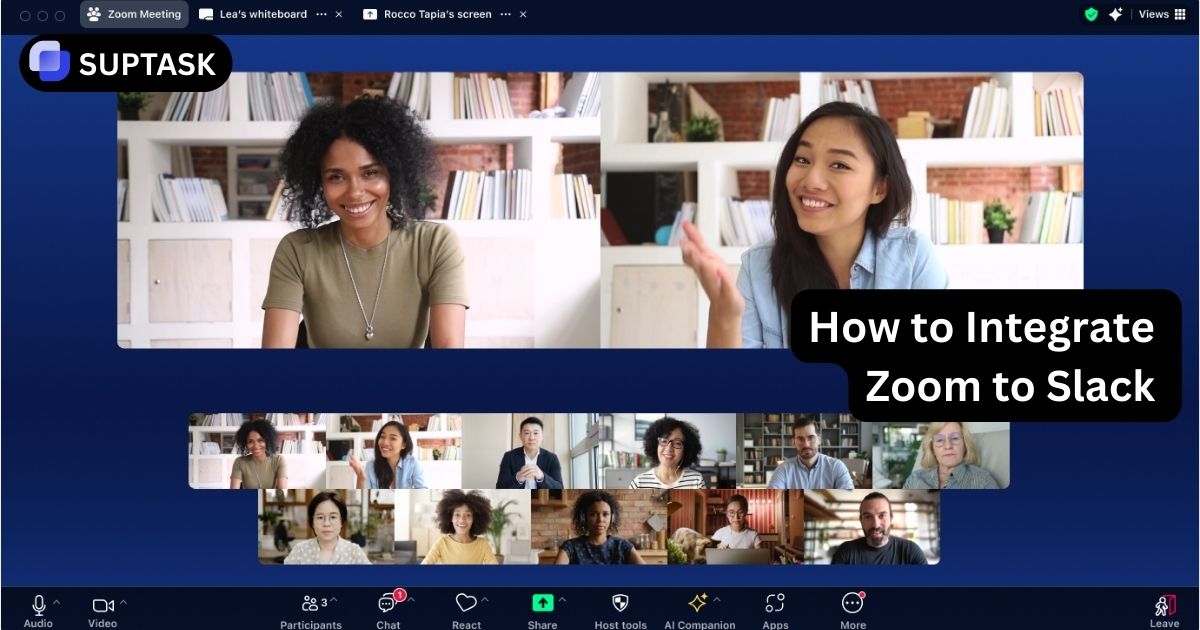Looking to streamline your team’s communication on Slack? User groups might be the solution.
Slack user groups organize your workspace by roles, projects, or other criteria to keep conversations focused and relevant, staying on top of all your Slack tickets.
But how do you set them up and manage them effectively? This article walks you through everything from creation to advanced functions of Slack user groups, ensuring your team’s communication is always on point.
Key Takeaways
- User groups in Slack are only available on premium plans.
- User groups help with targeted communication based on roles, projects, and criteria.
- Admins and workspace owners control user group settings, permissions, and notifications.
- Advanced features like automation, bots, and app integrations boost productivity.
Crafting Your First Slack User Group
User groups in Slack revolutionize the concept of efficient team management far beyond a simple feature.
These groups allow you to segment your team based on roles and responsibilities. You can also customize them based on other criteria that fit your organization's needs. This results in communication that is both targeted and clutter-free.
A paid Slack plan is necessary to create a user group. The user group should carry a unique handle following a specific format since sharing groups across multiple workspaces is prohibited.
The process of crafting your first Slack user group is straightforward. Here are the steps:
1.From Slack’s desktop application, navigate to the ‘More Items’ menu.

2. Select ‘People’.

3. Click on the ‘User Group’ tab.

4. Add the names you wish to include in the search bar.

When naming user groups, having the company structure, department, or team within the name is beneficial.
This simple practice can communicate the group’s purpose quickly to its members. Standard prefixes like ‘team-‘ for coordination groups or ‘proj-‘ for project-focused groups ensure consistency and help clarify the user group’s focus and scope.
Workspace Owners and Admins can manage and edit user groups by clicking on the desired user group, selecting the three dots icon, and then choosing the “select edit group details” option from the drop-down menu to edit group details, such as updating the user group’s name, handle, or description.
Managing User Group Membership
Managing user group membership is crucial for maintaining communication efficiency. Follow these key steps to ensure smooth management:
- Set Notification Preferences:
- Avoid overwhelming team members with excessive notifications.
- Use @channel, @here, and @everyone sparingly for urgent matters only.
- Alert Management:
- Minimize alert sounds in large channels to avoid constant distractions.
- Ensure that only the most important messages are highlighted.
- Monitor Member Engagement:
- Regularly check the engagement levels of group members to ensure they are not being left out or overwhelmed by excessive messages.
- Set clear expectations for which types of notification sounds should be received.
- Track Membership Changes:
- Update the group regularly as team roles or project scopes change to keep it relevant.
- Remove inactive members to maintain a streamlined communication flow.
Editing Members and Permissions
Editing members and permissions is an essential part of maintaining a user group’s relevance and efficiency. Here are the steps to manage group members and permissions:
- Edit Group Name or Handle:
- Navigate to ‘User Groups’ in the Slack sidebar.
- Select the desired group and click on ‘Edit Group Details’ to change the name or handle.
- Manage Group Members:
- Click ‘Edit Members’ to add or remove members from the group.
- When adding new members, decide whether to include conversation history for better context.
- Adjust Group Permissions:
- Workspace owners/admins can set permissions for each group (e.g., who can modify, manage, or delete the group).
- Navigate to ‘Workspace Settings’ under ‘Permissions’ and adjust who can manage user groups.
- Deactivate User Groups:
- Deactivate a user group if it’s no longer necessary, preventing further mentions without deleting the group or its members.
Integrating User Groups into Daily Operations
User groups in Slack goes beyond just organizing your team. They can be woven into your daily operations to ensure smooth communication and collaboration.
User groups enable the efficient broadcasting of announcements to relevant groups, such as all engineers or specific office locations.
For project updates, user groups facilitate quick dissemination of information to entire project teams or subgroups within them.
Cross-departmental communication is streamlined through user group mentions, eliminating the need to notify each department member manually.
"Studies show that teams using Slack user groups report a 30% increase in communication efficiency and a 25% reduction in message overload."
Mention a User Group for Quick Alerts
Using the feature of creating a user group for instant alerts in Slack fosters swift responses. But how does it work, and what makes it so efficient?
User groups in Slack provide a powerful tool for cross-team communication, as a single group mentions alerts all members across various teams, bypassing the need to identify individual team members when seeking input.
Using Slack user groups for communication in urgent or specific contexts helps keep channels on topic and free from irrelevant noise by targeting only the necessary recipients in an organization.
Unlike direct group messages that may be cumbersome for large numbers, user groups streamline the process, enabling quick notifications through a simple @mention.
Advanced User Group Functions
Slack user groups offer many advanced functions to boost your team’s productivity. These include automating notifications with bots and integrating with productivity apps.
Automating Notifications with Bots
The ability to automate notifications with bots in Slack can transform your team’s communication strategy.
Slack bots can be programmed to schedule messages by using the chat.scheduleMessage API method, which allows setting a future time for message delivery.
These scheduled messages can be directed to specific channels, user groups, or direct messages, making them versatile for various notification needs.
The /remind command can lead reminders to a coworker’s username, a channel, or a user group, ensuring the notification reaches the intended audience. Channel reminders help maintain a regular pace on tasks or updates and can be set to nudge a team’s user group at specified times.
Integration with Productivity Apps
Another advanced function of Slack user groups is integration with productivity apps, which can bolster collaboration.
Slack supports the integration with various third-party tools such as Suptask, enabling team members to access updates and information all in one platform, through halp ticketing which minimizes the need for application switching.
Integrations with productivity apps in Slack can enhance decision-making by providing easier access to essential third-party data within channels, making it a powerful Slack app.
Organizations can create custom integrations using Slack’s API to connect with their proprietary internal systems for specific needs not met by available integrations.
Navigating User Group Settings and Permissions
A key aspect of managing Slack user groups involves user group settings and permissions. These settings can be guided for both workspace-level and organization-wide controls.
To navigate Slack workspace settings, a user must click the workspace name, then choose ‘Settings & administration’ and ‘Workspace settings’.
Workspace owners and admins should click their workspace name in the sidebar, select ‘Tools & settings,’ and then click ‘Workspace settings’ to set user group permissions. The ‘Permissions’ page in workspace settings allows for the adjustment of who can create, manage, and use user groups.
Workspace settings include an area to manage permissions, where workspace owners and admins can control user group settings. You can: 1. Click the ‘Permissions’ tab in the workspace settings.
- Scroll to ‘User Groups’ and click ‘Expand’ to configure who can create, disable, or modify user groups.
- User groups in Slack can be managed by selecting the ‘User Groups’ menu within the workspace settings.
Workspace owners and admins can create default user groups for @admins and @owners by checking the appropriate boxes under the workspace settings ‘User Groups’ section.
Changes to user group permissions are saved by clicking the ‘Save’ button after making the desired adjustments in the workspace settings.
Frequently Asked Questions
What is a user group on Slack?
On Slack, a group for users serves as a method to simultaneously alert several members within a workspace by using a specific identifier like @managers or @designers.
It simplifies interactions by enabling the user to communicate with the entire group rather than referencing each member separately.
How do I find groups to join Slack?
To locate groups, you can join within your workspace on Slack, scan through the available public channels, or employ the search function to seek out a channel by its name or description.
If this doesn’t yield results, consider requesting suggestions from connections in your LinkedIn network.
What is the difference between channels and groups in Slack?
In Slack, channels are set to public visibility by default and can be switched to private if needed. Groups maintain total privacy from the start and are only accessible to users in those conversations.
Thus, while any user in the workspace can see channels initially unless changed, groups remain exclusive to their respective members.
Can anyone create a user group in Slack?
In Slack, the privilege to create user groups is reserved initially for workspace owners and admins. Other users need this capability.
How can I add new users to a user group?
As the Workspace Owner or an Admin, when you need to include new users in a user group, go to ‘People,’ select ‘User Groups,’ pick the particular group and then click on ‘Edit Members.’’ This action permits you to administer members of that specific group.













